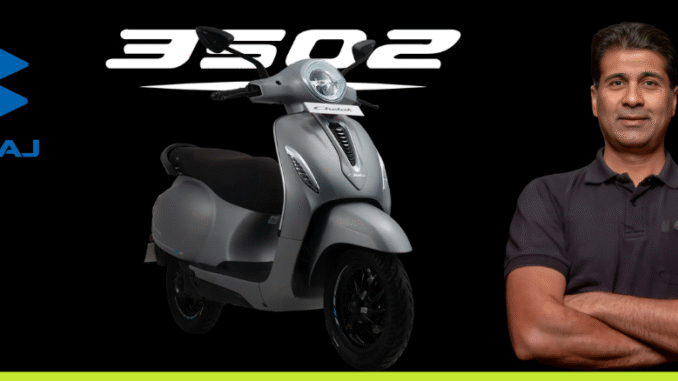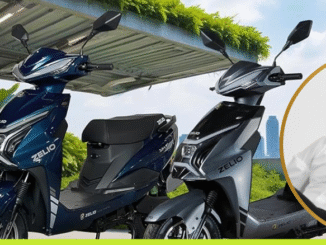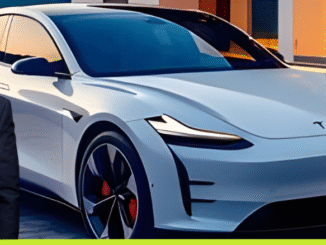
New Chetak Variant Arrives in June
Bajaj Auto is set to launch a new entry-level variant of its popular Chetak electric scooter in June 2025. This marks the latest move in its strategy to lead India’s growing electric mobility space.
Riding on Chetak’s Success
The new variant builds on the Chetak 35 Series platform, first introduced in December 2024. Chetak’s market share surged from 13% in Q4 FY24 to 25% in Q4 FY25, securing the top spot in India’s electric two-wheeler segment.
Rakesh Sharma, Executive Director at Bajaj Auto, confirmed that the third variant in the series — Chetak 3503 — launched in May. The new June model upgrades the high-selling Chetak 2903.
Portfolio to Grow in FY26
The Chetak range now includes four models: 2903, 3503, 3502, and 3501, priced between ₹99,998 and ₹1,32,000. Sharma noted that Bajaj plans to tap new sub-segments in FY26 with further portfolio additions.
Retail Network Expands
To support sales, Bajaj has grown its retail presence with 310 Chetak experience centres and over 3,000 sales points across India. These initiatives aim to cement Bajaj’s EV leadership in FY26.
FY25 Revenue Hits Record High
Bajaj Auto reported its highest-ever domestic revenue in FY25, driven by double-digit growth in both two- and three-wheeler segments. Electric vehicles contributed over ₹5,500 crore, or nearly 20% of domestic sales.
CFO Dinesh Thapar credited cost efficiencies and PLI scheme benefits for boosting EV segment competitiveness.
Rare Earth Magnet Supply Crisis Looms
Sharma also raised concerns over import delays of rare earth magnets from China. These are critical for electric motors. The approval process involves multiple Indian ministries, the Chinese embassy, and export clearance from China.
Despite over 30 applications submitted, no shipments have cleared. “Stocks are depleting. Without relief, July production will suffer,” Sharma warned.
Industry-Wide Concern
Bajaj is not alone. The entire Indian auto industry faces the same risk as supply chains remain stalled. The next few weeks could be critical for EV manufacturing continuity.





